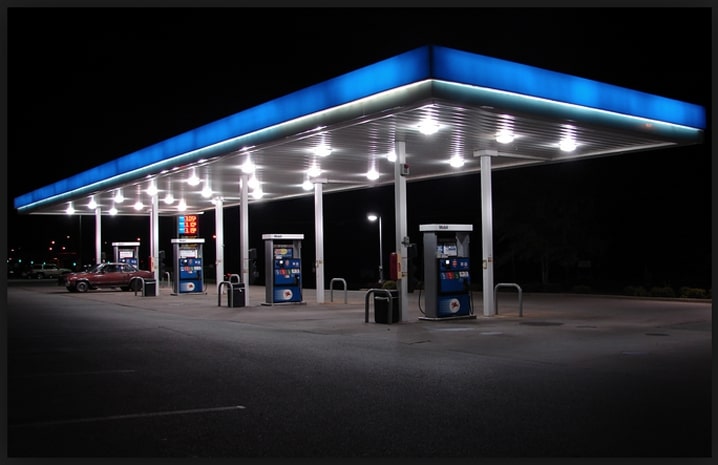March 30, 2022 – As we continue to transition into a world of electric power, one thing remains clear: change is inevitable.
Electric cars have been around for a while, but they may dominate the market faster than we think. BCG predicts that sales of electric vehicles will amount to one third of the market by 2025, and 50% by 2030. Volvo plans to be purely electric by the year 2030. What does this mean for the future of gas stations?
The truth is that most gas stations do not make their money from selling gas. The real profit comes from the convenience stores located within the gas stations. According to the National Association of Convenience Stores, there are 148,026 convenience stores operating within the United States, and 116,641 of those stores sell motor fuel (NACS). 80% of all motor fuel sold in the U.S. is sold by convenience stores. Further, a study done by NACS shows that 44% of gas station customers go inside, and 1 in 3 people end up purchasing a good from the convenience store. These in-store purchases make up roughly two thirds of the average gas station’s overall profits.
Many fuel and convenience retailers, such as Sheetz and Wawa, are paying well above market price for sites located at prime corners. Location might make the difference in whether these gas station convenience stores see substantial profit or not. As electric cars become more popular, the need for charging stations will only increase. Especially considering the recent spikes in gas prices, electric charging itself presents a cost-efficient and overall more progressive choice. Fuel retailers might see this as an investment opportunity for charging stations. It is also likely that these electric chargers will bring customers inside of convenience stores similar to traditional fuel pumps. Charging an electric vehicle takes longer than filling up a gas tank, leaving consumers more time to shop. In the future, gas stations may be repositioned as “service stations,” offering more fast casual restaurants or food delivery to enhance consumer experience, as suggested by CNET. Ultimately, gas stations will need to adapt to the imminent changes within the automotive industry, and seek sites that are likely to increase in-store traffic.

